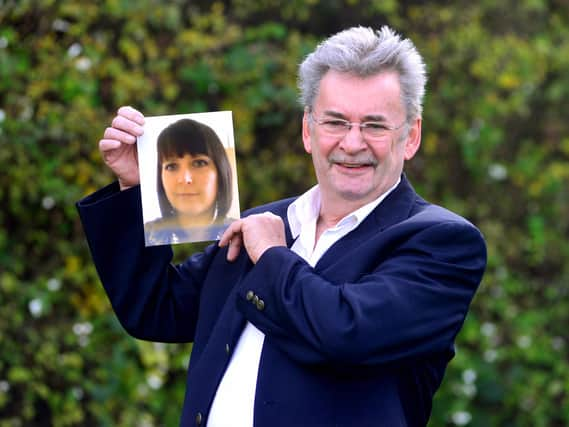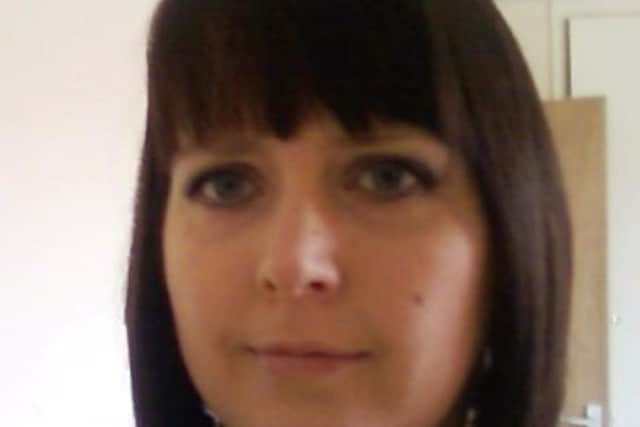'Justice by geography' as Clare's Law figures reveal discrepancies in force use


Every force in Yorkshire and the Humber refused more than half of all ‘right to ask’ requests under the Domestic Violence Disclosure Scheme in the year to June 2017, while more than nine out of ten requests were rejected in some parts of the country.
The scheme – better known as Clare’s Law – gives people the right to ask police whether their partner has a history of domestic violence or violent acts. It also gives authorities the power to decide that someone who did not ask has the right to know, in the hope it may protect them from an abusive situation before it ends in tragedy.
Advertisement
Hide AdAdvertisement
Hide AdBut the Bureau for Investigative Journalism found wide discrepancies in both how often people use the scheme and how often police forces in England and Wales disclose information.


It said disclosure rates for ‘right to ask’ requests, among 34 forces supplying data, ranged from seven per cent in Northumbria to 76 per cent in Cumbria.
Michael Brown, who lobbied for the law following the murder of his daughter Clare Wood by an ex-boyfriend in 2009, said he was “very disappointed” with the way some forces were failing to use the scheme to protect vulnerable women.
The former prison officer from Batley said: “Tackling domestic violence should be a priority but it seems like the message just isn’t getting down to some bobbies on the beat.”
Advertisement
Hide AdAdvertisement
Hide AdRegionally, ‘right to ask’ disclosure rates were as low as 18 per cent in Humberside and 25 per cent in West Yorkshire but they reached just over 40 per cent in both South and North Yorkshire.


Detective Chief Inspector Fran Naughton, of West Yorkshire Police, said: “Under Right to Ask, disclosures must be proportionate under national release criteria. In the instances where requests were not met, it has either been the case that the proportionality test was not passed or that the force did not hold information about the person it had been asked about.”
She added that the force had disclosed more information in 2017/18 to date than in the previous financial year, but it was still looking at ways to improve disclosure rates and public awareness.
As with ‘right to ask’, there was wide national and regional variation in the ‘right to know’ disclosures prompted by police officers or officials seeking permission to tell a potential victim of abuse about their partner’s history.
Advertisement
Hide AdAdvertisement
Hide AdMore than three quarters of those requests were signed off by senior officers in West Yorkshire, but in South Yorkshire it was fewer than one in five.
A South Yorkshire Police spokeswoman said it was “committed to safeguarding people from harm and protecting those at risk of domestic abuse” and worked with partner agencies to carry out the necessary assessments.
Professor Sandra Walklate, of Liverpool University, has explored the efficacy of the scheme and described the variations as a case of “justice by geography”.
“It is all driven by different forces’ priorities and resources at a local level,” she said. “Some forces have suffered more than others in austerity, and these kind of schemes cost.”
Advertisement
Hide AdAdvertisement
Hide AdAnother apparent hurdle in the law’s effectiveness is wider awareness, with right to ask by applications by the public as low as 3.3 per 100,000 people in West Yorkshire and right to know by authorities as low as two per 100,000 in South Yorkshire.
Humberside Police had the region’s highest number of applications and highest rate of applications per 100,000 people for both types of request.
Detective Chief Inspector Dan Patrick said the force “proactively look for those cases where potential victims of domestic abuse may have a right to know about their partner’s history” and authorised almost half of all those requests.